Where to Plant Gerbera Daisies: Tips for Optimal Growth
Gerbera daisies are popular among gardeners for their bright, cheerful flowers in various sizes and colors. Native to South Africa, these flowers thrive in warmer regions like California but can be grown successfully with proper care and attention in other areas.
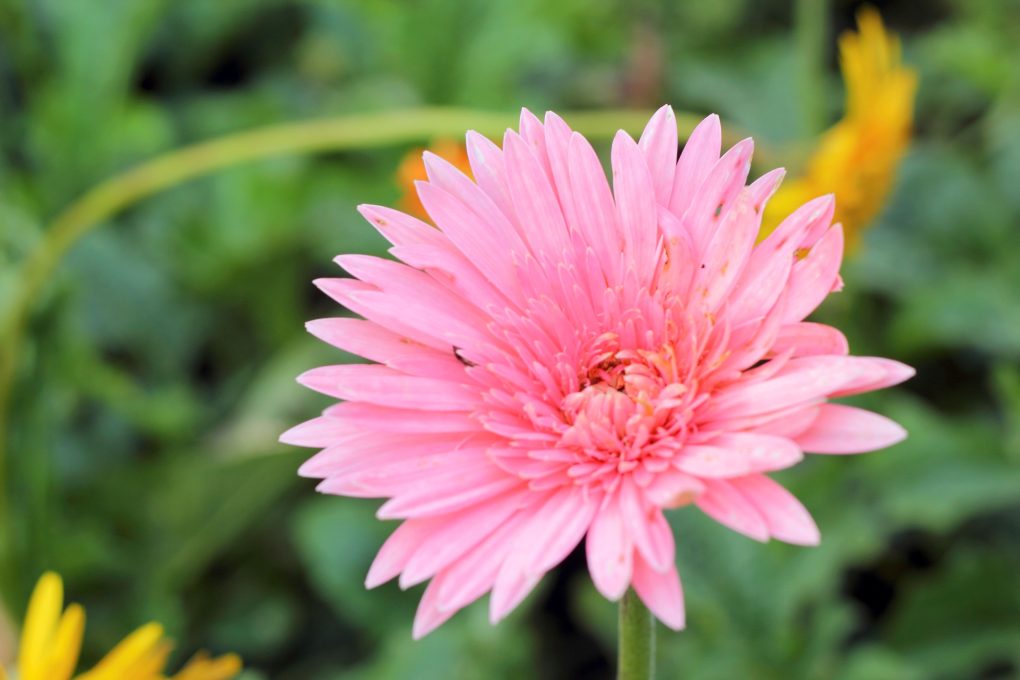
Choosing the right location is crucial to ensure the optimal growth of gerbera daisies. Select a spot that receives full sun to partial shade, as these flowers prefer such conditions. Additionally, they thrive in well-draining soil enriched with organic matter.
Gardeners should also be mindful of the hardiness zones in their area, as gerbera daisies grow best in USDA hardiness zones 8 through 11. In zone 8, where winters can be harsh, it is recommended to grow gerbera daisies in pots as annuals and provide winter protection.
Table of Contents
Light Requirements
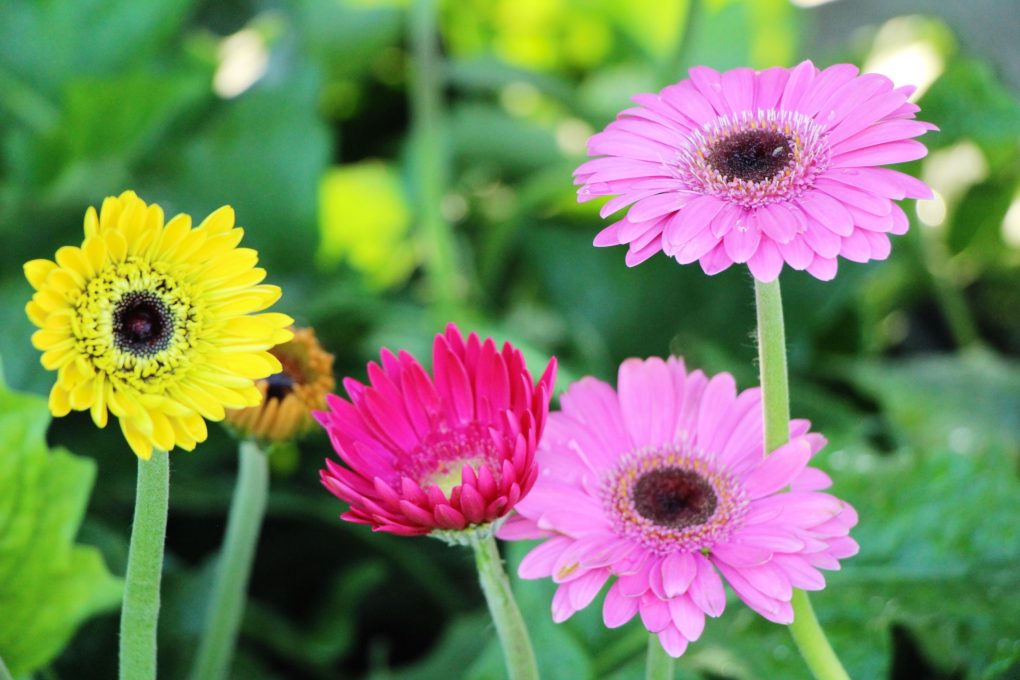
Gerbera daisies require ample light to grow and produce their vibrant blooms. They thrive in full sun or bright, indirect light. Providing some afternoon shade in regions with hot summers can help prevent scorching.
When growing gerbera daisies indoors, place them near a south or west-facing window that receives at least six hours of direct sunlight daily. If natural light is insufficient, consider supplementing with grow lights.
Gerbera daisies do not tolerate extreme temperatures. If the temperature exceeds 80°F or drops below 50°F, the plants may suffer. In hot summer climates, provide shade or move the plants indoors during the hottest day. Plant gerbera daisies in pots in colder regions for easy relocation during frosty nights.
Soil Requirements
Gerbera daisies thrive in well-draining soil that is rich in organic matter. The ideal soil pH range for these flowers is between 6.0 and 6.5. Soil that is too acidic or alkaline can lead to nutrient deficiencies and hinder the plant’s growth.
If your garden soil is heavy and clay-like, it’s recommended to improve drainage by adding sand, perlite, or vermiculite. Alternatively, consider planting gerbera daisies in raised beds or containers filled with high-quality potting soil.
Waterlogged soil should be avoided, as gerbera daisies are sensitive to it and can develop root rot. Ensure the planting area has good drainage and is free from water accumulation.
Watering Requirements
Regular watering is essential for the healthy growth of gerbera daisies. The water required depends on the climate, soil type, and plant age. Here are some general guidelines to follow:
● Deeply water the plants once weekly, providing approximately an inch each time.
● Ensure the soil has good drainage to prevent the plants from sitting in soggy conditions, which can lead to root rot.
● Water the plants at the soil level, avoiding wetting the leaves and flowers to prevent fungal diseases.
● During hot and dry spells, the plants may need more frequent watering to prevent wilting.
Overwatering can be as harmful as underwatering. If the soil feels soggy or the leaves appear yellow and wilted, it’s a sign of overwatering. In such cases, reduce the amount of water and improve soil drainage.
Conversely, if the soil feels dry and the leaves are crispy, it indicates underwatering. Therefore, increase the amount of water and ensure the soil remains evenly moist.
Gerbera daisies are relatively low-maintenance plants if their watering needs are met. By following these guidelines, you can ensure that your plants remain healthy and vibrant.
Temperature Requirements
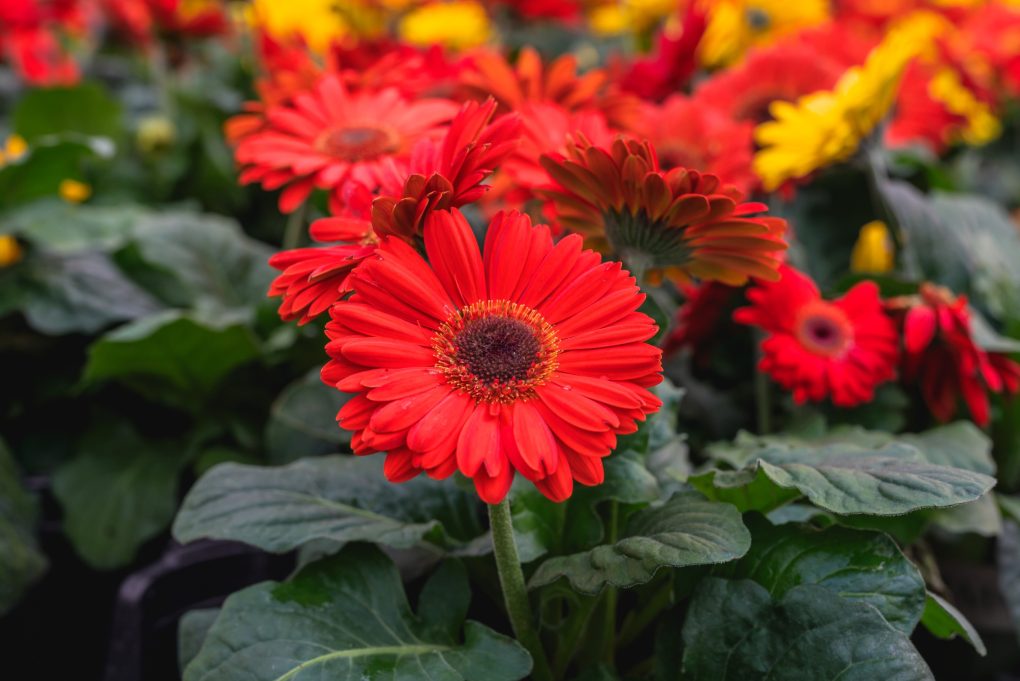
Gerbera daisies, native to South Africa, prefer moderate temperatures. They thrive when exposed to temperatures between 65 and 75 degrees Fahrenheit during the day and 55 to 60 degrees Fahrenheit at night. Gerbera daisies do not tolerate frost or temperatures above 85 degrees Fahrenheit.
It’s best to plant gerbera daisies in a location that receives morning sun and afternoon shade in hot climates. Cooler climates allow for more direct sunlight. Providing shade during the hottest day is crucial, as gerbera daisies do not do well in high heat.
During winter, gerbera daisies prefer a cool (but not cold) temperature of approximately 45 to 50 degrees Fahrenheit. In regions with harsh winters, growing gerbera daisies in pots that can be brought indoors is advisable.
Spacing and Positioning
Consider spacing and positioning when planting gerbera daisies to ensure proper growth and airflow.
To allow for adequate air circulation and prevent powdery mildew and other fungal diseases, space gerbera daisies at least 12 to 18 inches apart. If planting in garden beds, ensure the soil has good drainage and plant the daisies above ground level to avoid crown rot.
When growing gerbera daisies in containers, choose a pot at least 12 inches in diameter and 12 inches deep. Fill the pot with a well-draining potting mix and plant the daisies in the center. Regular watering is essential for container-grown plants, as they dry out faster than those planted in the ground.
Gerbera daisies prefer full sun to partial shade, so choose a location that receives a minimum of 6 hours of direct sunlight daily. In hotter climates, providing some afternoon shade can prevent wilting of the flowers.
Planting Gerbera Daisies in Pots
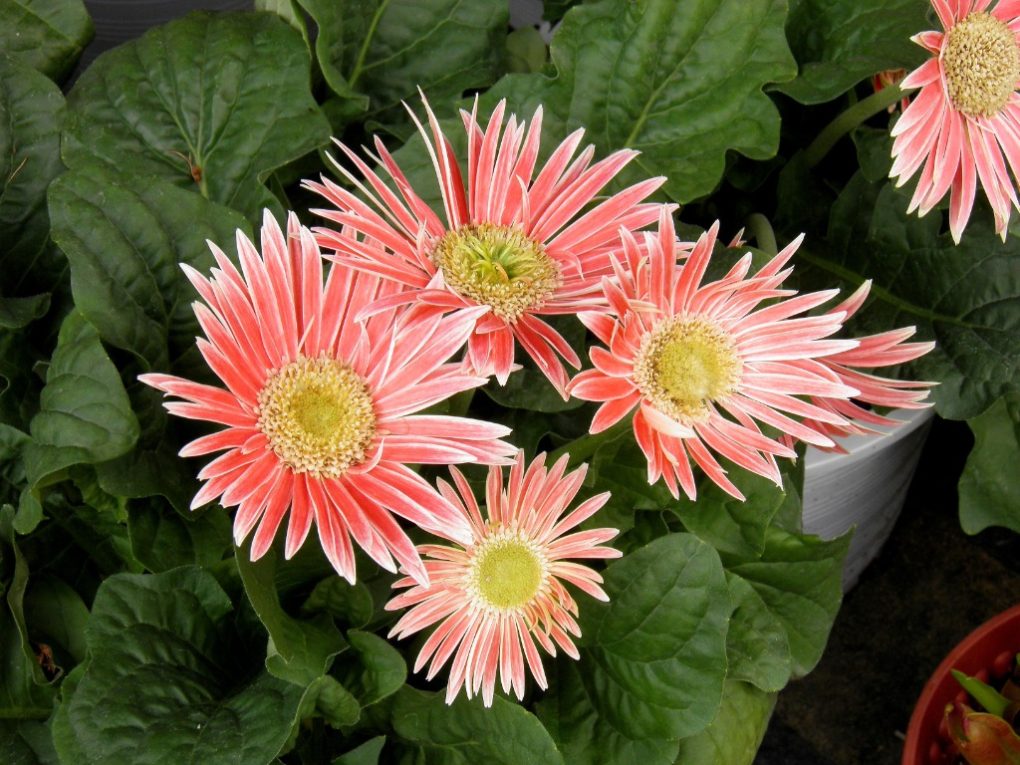
Gerbera daisies can be a stunning addition to any garden or indoor space. Here are some tips for planting them in pots:
1. Choose the Right Pot: Select a pot at least 12 inches wide and 12 inches deep, allowing enough space for the daisies to grow. Ensure the pot has drainage holes to prevent water accumulation at the bottom.
2. Use the Right Soil: Gerbera daisies prefer well-draining soil enriched with organic matter. Use a potting mix specifically designed for flowering plants.
3. Planting the Daisy: Fill the pot with soil, leaving room at the top for the gerbera daisy. Carefully remove the plant from its container, loosen the roots, and place it in the pot. Fill the soil around the plant, ensuring the crown is leveled with the soil surface.
4. Watering the Plant: Thoroughly water the plant after planting. Gerbera daisies require regular watering but be cautious not to overwater them. Instead, allow the soil to dry out between waterings slightly.
5. Provide Adequate Sunlight: Gerbera daisies need plenty of sunlight for growth and blooming. Place the pot in a sunny location, but avoid exposing the plant to direct sunlight during the hottest part of the day.
6. Regular Fertilization: Gerbera daisies are heavy feeders and benefit from regular fertilization. Use a balanced fertilizer every two weeks during the growing season.
By following these tips, anyone can successfully grow gerbera daisies in pots. They make a beautiful addition to patios or balconies, adding a vibrant touch of color throughout the season.
Common Mistakes to Avoid When Planting Gerbera Daisies
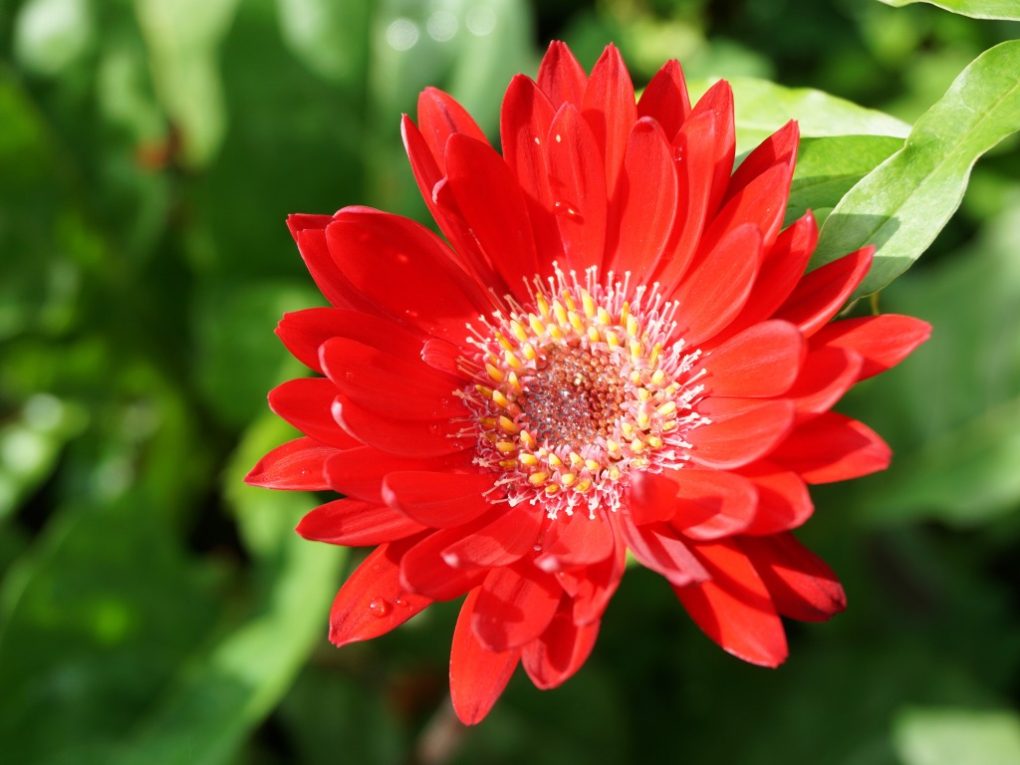
While gerbera daisies are generally easy to grow, common mistakes can hinder their growth and health. Here are some mistakes to avoid:
● Planting in heavy or waterlogged soil: Gerbera daisies require well-draining soil. Planting them in heavy or waterlogged soil can lead to root rot and other issues.
● Planting in an unsuitable location: Gerbera daisies need full sun to thrive. Planting them in a shady location can result in weak, spindly plants with few flowers.
● Overwatering: Gerbera daisies prefer evenly moist soil, but too much water can cause root rot. Allow the top inch of soil to dry out before watering again.
● Underwatering: On the other hand, underwatering can also be problematic. Ensure you water your gerbera daisies deeply when the top inch of soil feels dry.
● Neglecting to deadhead: Gerbera daisies will continue to produce flowers throughout the growing season. However, if you don’t remove spent flowers, the plant will allocate energy toward seed production instead of producing more flowers.
● Failing to fertilize: Gerbera daisies are heavy feeders and benefit from regular fertilization. Use a balanced fertilizer every two weeks during the growing season.
By avoiding these common mistakes, you can ensure your gerbera daisies grow healthily and produce abundant beautiful flowers.
Conclusion
Gerbera daisies are a wonderful addition to any garden or indoor space. They can brighten up any room or outdoor area with their vibrant colors and relatively easy care. When deciding where to plant gerbera daisies, it’s important to consider sunlight exposure, soil drainage, and temperature.
For outdoor planting, choose an area with a minimum of six hours of sunlight daily and well-draining soil. In hotter climates, select a location that provides some shade during the hottest parts of the day. Growing gerbera daisies in pots offer more flexibility regarding placement and temperature control.
